About Indian Leopard
|
|---|
News Source: The Hindu
| Must Read | |
| NCERT Notes For UPSC | UPSC Daily Current Affairs |
| UPSC Blogs | UPSC Daily Editorials |
| Daily Current Affairs Quiz | Daily Main Answer Writing |
| UPSC Mains Previous Year Papers | UPSC Test Series 2024 |
Recently the Cabinet approved the establishment of International Big Cat Alliance
News Source: PIB
| Must Read | |
| NCERT Notes For UPSC | UPSC Daily Current Affairs |
| UPSC Blogs | UPSC Daily Editorials |
| Daily Current Affairs Quiz | Daily Main Answer Writing |
| UPSC Mains Previous Year Papers | UPSC Test Series 2024 |
Recently, the first team of Indian “technical personnel” reached Male, Maldives to replace Indian military personnel.
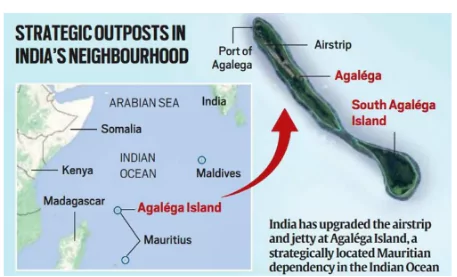
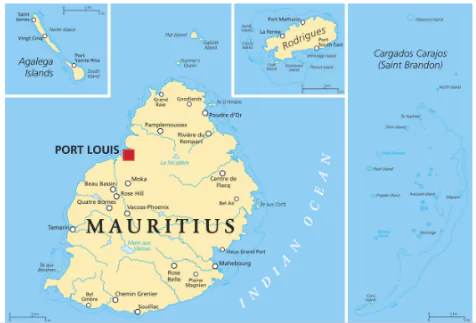
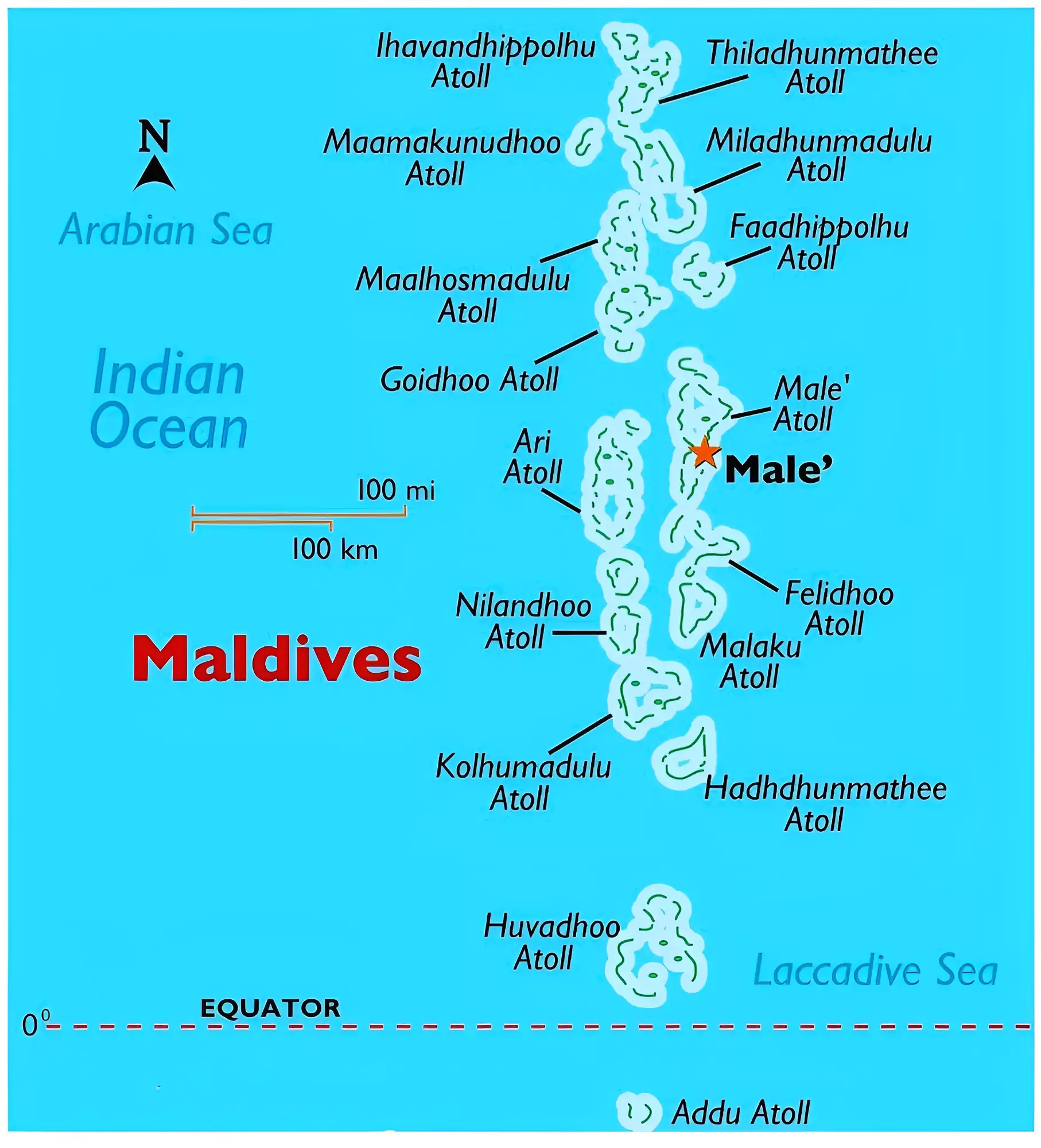
News source: The Indian Express
| Must Read | |
| NCERT Notes For UPSC | UPSC Daily Current Affairs |
| UPSC Blogs | UPSC Daily Editorials |
| Daily Current Affairs Quiz | Daily Main Answer Writing |
| UPSC Mains Previous Year Papers | UPSC Test Series 2024 |
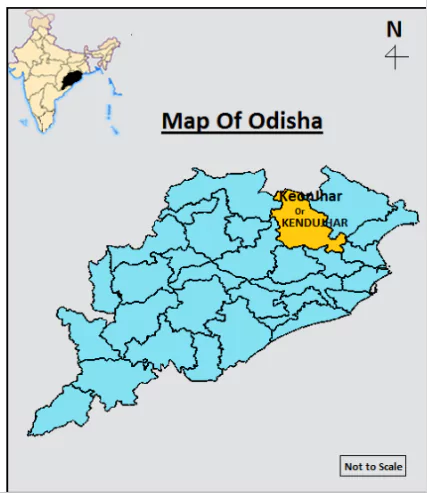
Recently, the President of India inaugurated a National seminar on ‘Tribes of Keonjhar: People, culture and Heritage’.
News Source: PIB
| Must Read | |
| NCERT Notes For UPSC | UPSC Daily Current Affairs |
| UPSC Blogs | UPSC Daily Editorials |
| Daily Current Affairs Quiz | Daily Main Answer Writing |
| UPSC Mains Previous Year Papers | UPSC Test Series 2024 |
A recent Lancet study has highlighted India’s growing obesity problem, especially among the young population.
Obesity
Underweight
|
|---|
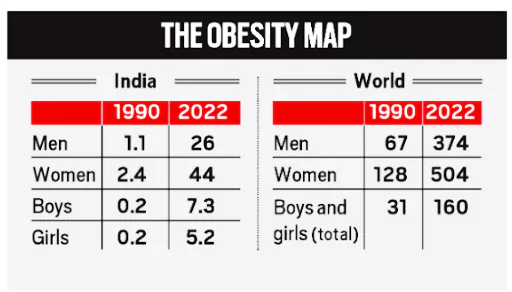
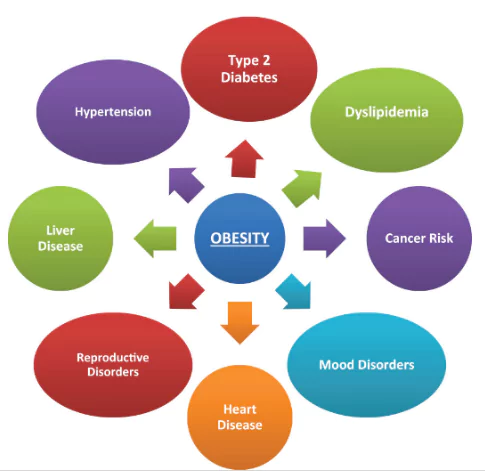
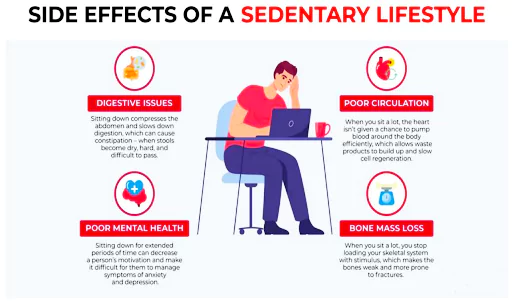 Limited Healthcare Access and Education: A lack of access to healthcare and education regarding obesity and healthy lifestyle choices further contributes to the rising obesity levels in women.
Limited Healthcare Access and Education: A lack of access to healthcare and education regarding obesity and healthy lifestyle choices further contributes to the rising obesity levels in women.News Source: Indianexpress
| Must Read | |
| NCERT Notes For UPSC | UPSC Daily Current Affairs |
| UPSC Blogs | UPSC Daily Editorials |
| Daily Current Affairs Quiz | Daily Main Answer Writing |
| UPSC Mains Previous Year Papers | UPSC Test Series 2024 |
Recently the Union Cabinet approved Nutrient Based Subsidy (NBS) rates for KHARIF Season, 2024 on Phosphatic and Potassic (P&K) fertilisers and Inclusion of 3 new Fertiliser grades under NBS scheme.
Evolution of Fertiliser Subsidy in India:
|
|---|
News Source: PIB
| Must Read | |
| NCERT Notes For UPSC | UPSC Daily Current Affairs |
| UPSC Blogs | UPSC Daily Editorials |
| Daily Current Affairs Quiz | Daily Main Answer Writing |
| UPSC Mains Previous Year Papers | UPSC Test Series 2024 |
Recently the Cabinet has specified the royalty rate for 12 critical minerals, which primarily include beryllium, cadmium, cobalt, gallium, indium, rhenium, selenium, tantalum, tellurium, titanium, tungsten and vanadium.
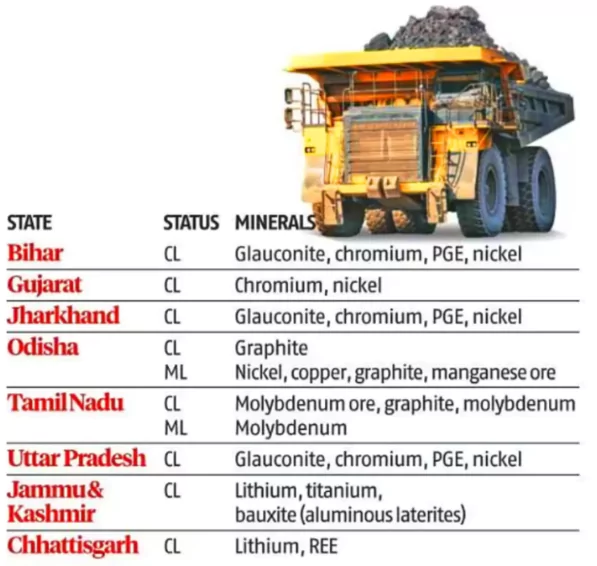
| Provision | Mines and Minerals (Development and Regulation) Act, 1957 | Mines and Minerals (Development and Regulation) Amendment Act, 2023 |
| Exploration License for Specified Minerals: | The Seventh Schedule lists 29 minerals, including gold, silver, copper, cobalt, nickel, lead, potash, and rock phosphate, for which an exploration license will be granted.
The following minerals are categorized as atomic minerals by it:
|
|
| Validity of Exploration License: | NIL |
|
| Auction of Certain minerals by the Central Government: |
|
|
| The incentive for exploration licencee: | NIL |
|
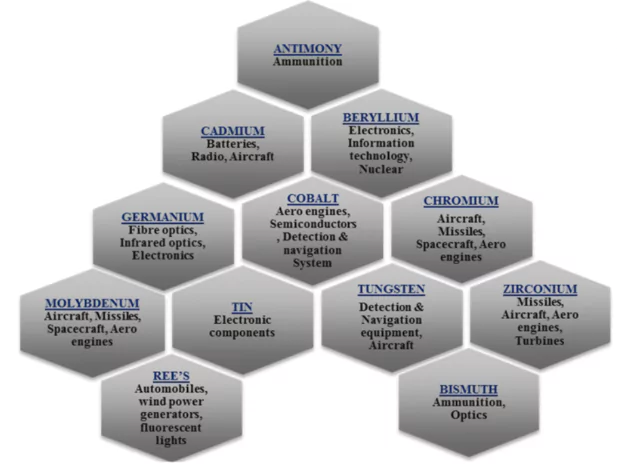
Estimated Reserves
|
|---|
News Source: PIB
| Must Read | |
| NCERT Notes For UPSC | UPSC Daily Current Affairs |
| UPSC Blogs | UPSC Daily Editorials |
| Daily Current Affairs Quiz | Daily Main Answer Writing |
| UPSC Mains Previous Year Papers | UPSC Test Series 2024 |
Theyyam artists performed at the Challa Kadankottu Makkam Bhagavathi temple in Kannur district.
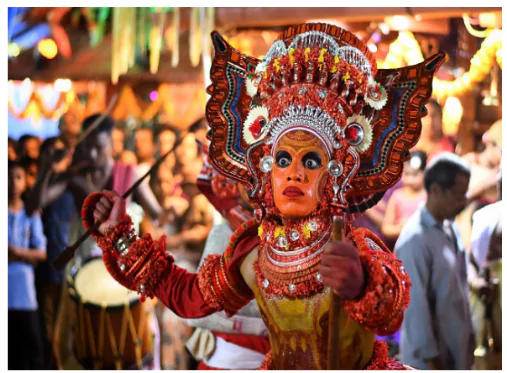
News Source: The Hindu
| Must Read | |
| NCERT Notes For UPSC | UPSC Daily Current Affairs |
| UPSC Blogs | UPSC Daily Editorials |
| Daily Current Affairs Quiz | Daily Main Answer Writing |
| UPSC Mains Previous Year Papers | UPSC Test Series 2024 |
Recently, researchers at the University of British Columbia in Canada floated a new clinical trial to examine whether cannabidiol could be used to treat bipolar depression.
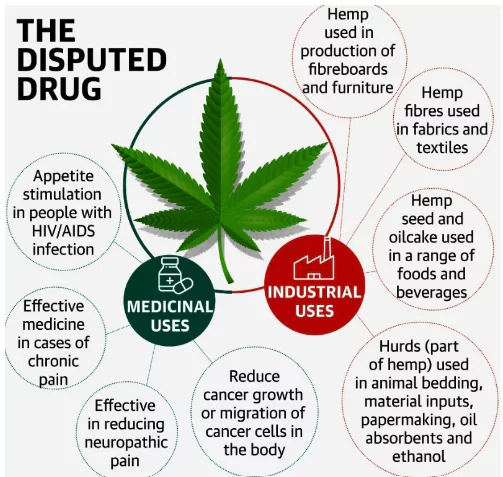
| Arguments against Decriminalizing Cannabis: | Arguments in favor of Decriminalizing Cannabis: |
|
|
|
|
|
|
|
|
|
News Source: The Hindu
| Must Read | |
| NCERT Notes For UPSC | UPSC Daily Current Affairs |
| UPSC Blogs | UPSC Daily Editorials |
| Daily Current Affairs Quiz | Daily Main Answer Writing |
| UPSC Mains Previous Year Papers | UPSC Test Series 2024 |
This Article is based on the news “How India’s first semiconductor fabrication plant can help plug in to global value chain” which was published in the Indian Express. The Union Cabinet recently approved three chip-related projects, including India’s first semiconductor fabrication plant.
About the Semiconductors Industry
|
|---|
Some Terms Associated With Semiconductor Industry:
|
|---|
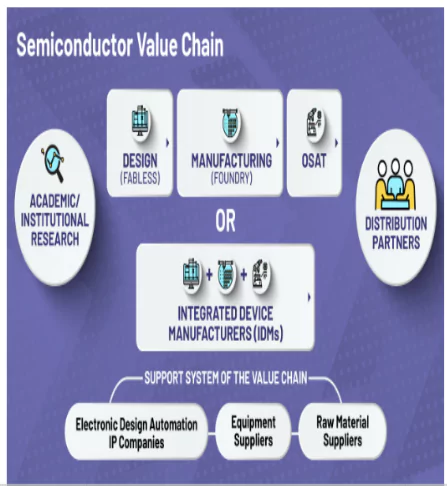
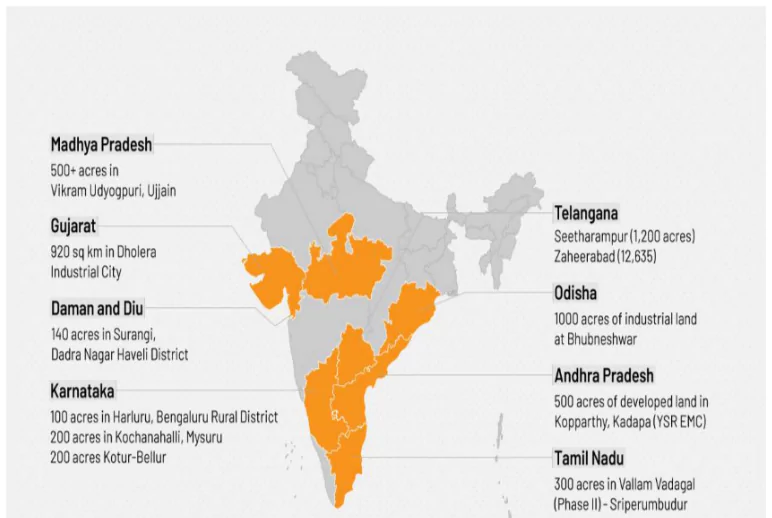
The Indian government will collaborate with state governments to establish High-Tech Clusters with essential infrastructure:
Fostering India’s Semiconductor Ecosystem: Government Initiatives and Policy Frameworks
|
|---|
| Must Read | |
| NCERT Notes For UPSC | UPSC Daily Current Affairs |
| UPSC Blogs | UPSC Daily Editorials |
| Daily Current Affairs Quiz | Daily Main Answer Writing |
| UPSC Mains Previous Year Papers | UPSC Test Series 2024 |
This Article is based on the news “Restoration of fully functional dispute settlement system of WTO top-most priority, says India” which was published in the Indian Express. Recently, The 13th Ministerial Conference (MC13) of WTO was organized in Abu Dhabi from 26 February to 29th February 2024.
| Relevancy for Prelims: General Agreement on Tariffs and Trade (GATT), Agreement on Agriculture (AoA), General Agreement on Trade in Services (GATS), Trade-Related Aspects of Intellectual Property Rights (TRIPS), Appellate Body (AB) of WTO, Special Safeguard Mechanism (SSM), Global Trade Challenges, outcome of 13th Ministerial Conference Relevancy for Mains: Public Stockholding and Food Security, Technology Transfer and Global Trade, Dispute Settlement Mechanism of WTO, WTO’s Engagement with Non-Trade Issues, Trade Negotiations and Multilateral Trading System, 13th Ministerial Conference suggestion. |
|---|
What is IFD?
Why does India oppose it?
|
|---|
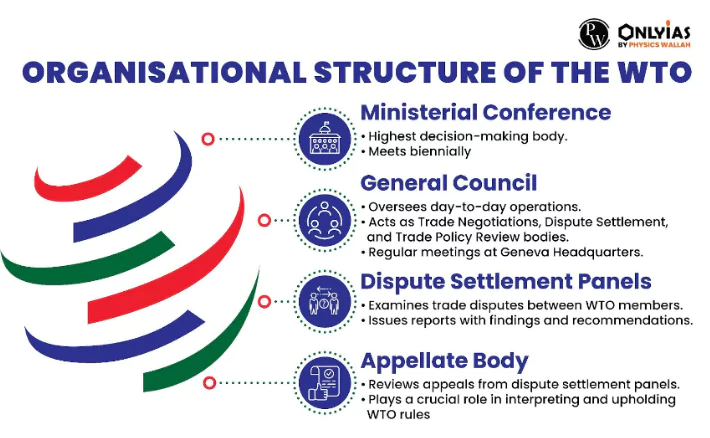
Marrakesh Agreement:
|
|---|
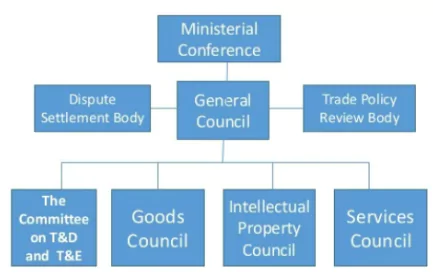

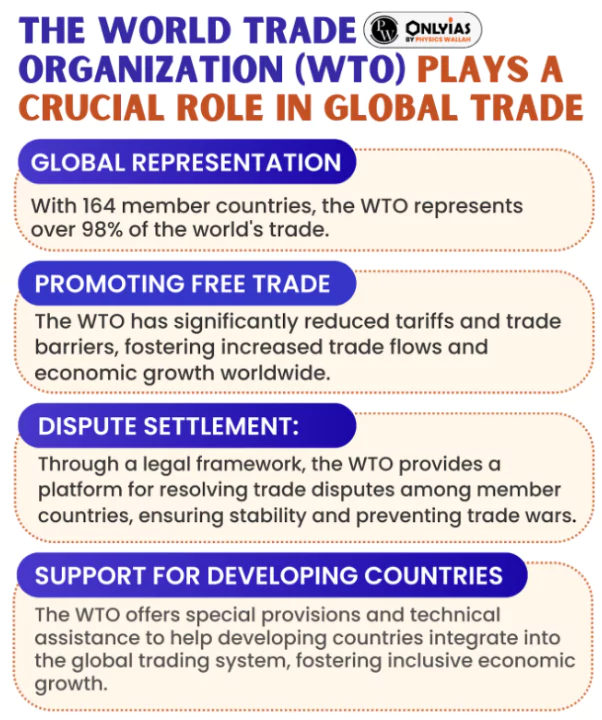 Export Subsidies: Government support that lowers export costs, including input subsidies, remission of import duties, and other export incentives, falls under export subsidies.
Export Subsidies: Government support that lowers export costs, including input subsidies, remission of import duties, and other export incentives, falls under export subsidies.About G33 Countries:
|
|---|
| Public Stockholding: It is a policy in which the government purchases and stores food staples to ensure their availability at affordable prices. It is used as a tool by many developing countries to mitigate food crisis caused by price vitality and food insecurity
Example: The MSP scheme. |
|---|
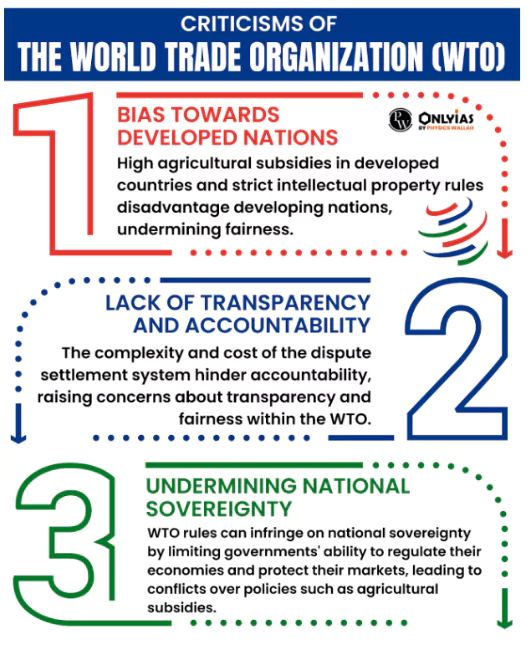
| Must Read | |
| NCERT Notes For UPSC | UPSC Daily Current Affairs |
| UPSC Blogs | UPSC Daily Editorials |
| Daily Current Affairs Quiz | Daily Main Answer Writing |
| UPSC Mains Previous Year Papers | UPSC Test Series 2024 |
SC Verdict on Newsclick Shows Adherence to Due Pro...
Stay Invested: On Chabahar and India-Iran Relation...
Credit Rating Agencies, Impact on India’s De...
Catapulting Indian Biopharma Industry
Globalisation Under Threat, US Import Tariffs Have...
Global Report on Hypertension, Global Insights and...
<div class="new-fform">
</div>
